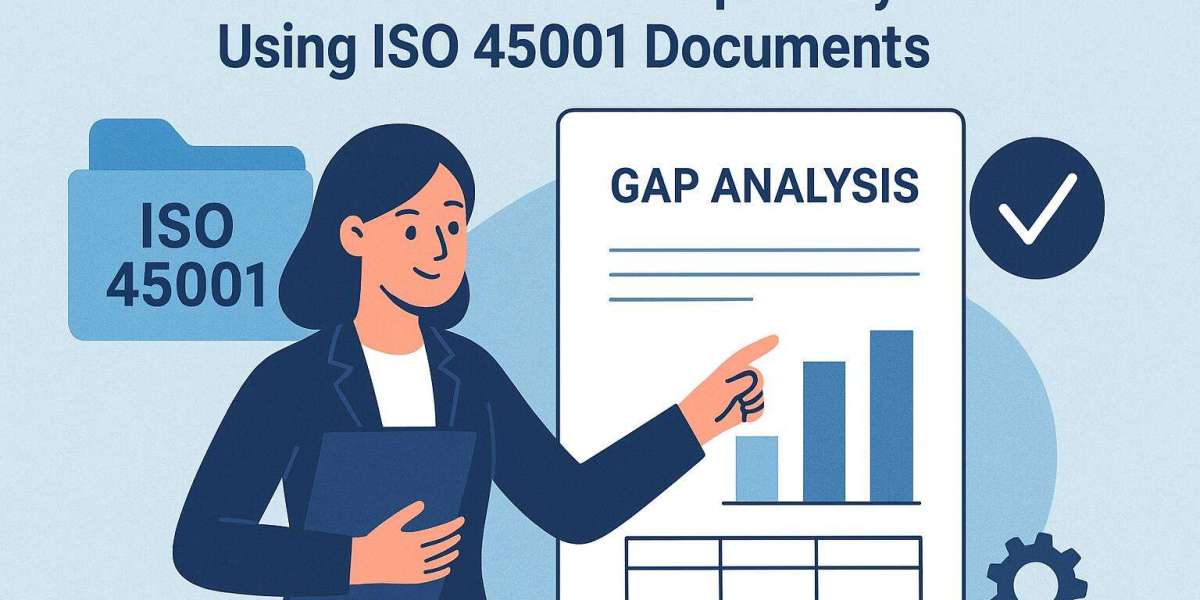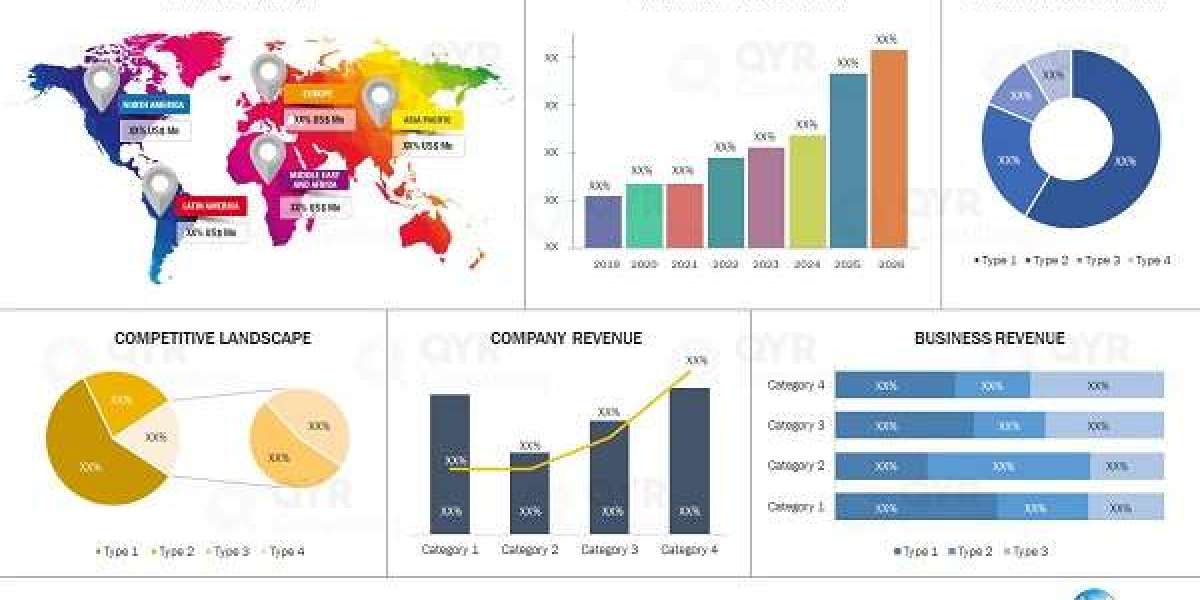Achieving ISO 45001 certification is a strategic move for organizations committed to ensuring the health, safety, and well-being of their workforce. However, before implementing a full-fledged Occupational Health and Safety Management System (OHSMS), it’s essential to understand where your organization currently stands in relation to ISO 45001 requirements. This is where conducting a Gap Analysis using ISO 45001 documents becomes a crucial first step. A well-executed gap analysis not only helps identify areas for improvement but also streamlines the path to compliance and certification.
What Is an ISO 45001 Gap Analysis?
A gap analysis is a systematic evaluation that compares your organization’s existing occupational health and safety management practices against the specific clauses and requirements of the ISO 45001 standard. The primary goal is to identify “gaps” — areas where current processes, procedures, or documentation do not meet the ISO standard’s expectations.
ISO 45001 documents, such as manuals, procedures, policies, risk assessments, and forms, serve as essential tools in this process. These documents act as benchmarks that help organizations verify whether all required elements of the OHSMS are effectively implemented, monitored, and maintained.
Step 1: Review ISO 45001 Requirements
Before conducting a gap analysis, familiarize yourself with the structure of ISO 45001. The standard follows the High-Level Structure (HLS) and is divided into 10 clauses, including key areas like leadership, planning, support, and performance evaluation. Understanding these clauses helps you know what to look for during the analysis.
Organizations can use ISO 45001 documents—such as an ISO 45001 manual, safety procedures, and audit checklists—to get a clear view of the standard’s requirements and align their systems accordingly.
Step 2: Collect and Review Existing Documentation
The next step is to gather all current health and safety documents, such as:
- Safety policies and objectives
- Hazard identification and risk assessment records
- Incident reporting procedures
- Emergency preparedness plans
- Training and competency records
- Internal audit and management review reports
By comparing these with ISO 45001 document templates, you can determine whether your existing documentation fulfils the required controls or if revisions are necessary.
Step 3: Identify Gaps and Non-Conformities
Once the comparison is complete, document every instance where your current practices fall short of ISO 45001 requirements. For example, if your risk assessment process doesn’t include evaluating opportunities for improvement, it represents a gap.
Using ISO 45001 gap analysis checklists or forms simplifies this process. You can score compliance levels (e.g., compliant, partially compliant, or non-compliant) and assign responsibilities for addressing each gap. This structured approach ensures no requirement is overlooked.
Step 4: Develop a Corrective Action Plan
After identifying all gaps, develop an action plan that outlines how to close them. The plan should include:
- Description of the identified gap
- Actions required to resolve it
- Responsible person or department
- Target completion date
- Resources needed
Integrating these actions into your OHSMS ensures a proactive and continuous improvement process. Many organizations use editable ISO 45001 documents to record, track, and update these actions efficiently.
Step 5: Implement and Monitor Improvements
Once the corrective actions are defined, it’s time to implement them across all relevant departments. This may include revising existing safety procedures, updating policies, providing employee training, or improving communication channels.
Monitoring and measuring progress are equally important. Use your ISO 45001 procedures and internal audit checklists to verify whether the implemented changes effectively close the gaps. Regular reviews help maintain consistency and demonstrate top management’s commitment to a safe workplace.
Step 6: Review and Prepare for Certification
After completing the gap analysis and implementing necessary improvements, conduct a final review. Internal audits play a key role at this stage. They help ensure that the updated ISO 45001 documents are being followed correctly and that the OHSMS is functioning as intended.
Once all gaps are closed and the system operates effectively, your organization is ready for an external certification audit.
Conclusion
Conducting a gap analysis using ISO 45001 documents is an essential foundation for achieving compliance with the ISO 45001 Occupational Health and Safety Management System standard. It provides a clear picture of your organization’s current safety performance, highlights areas for improvement, and helps establish a culture of continuous enhancement.



